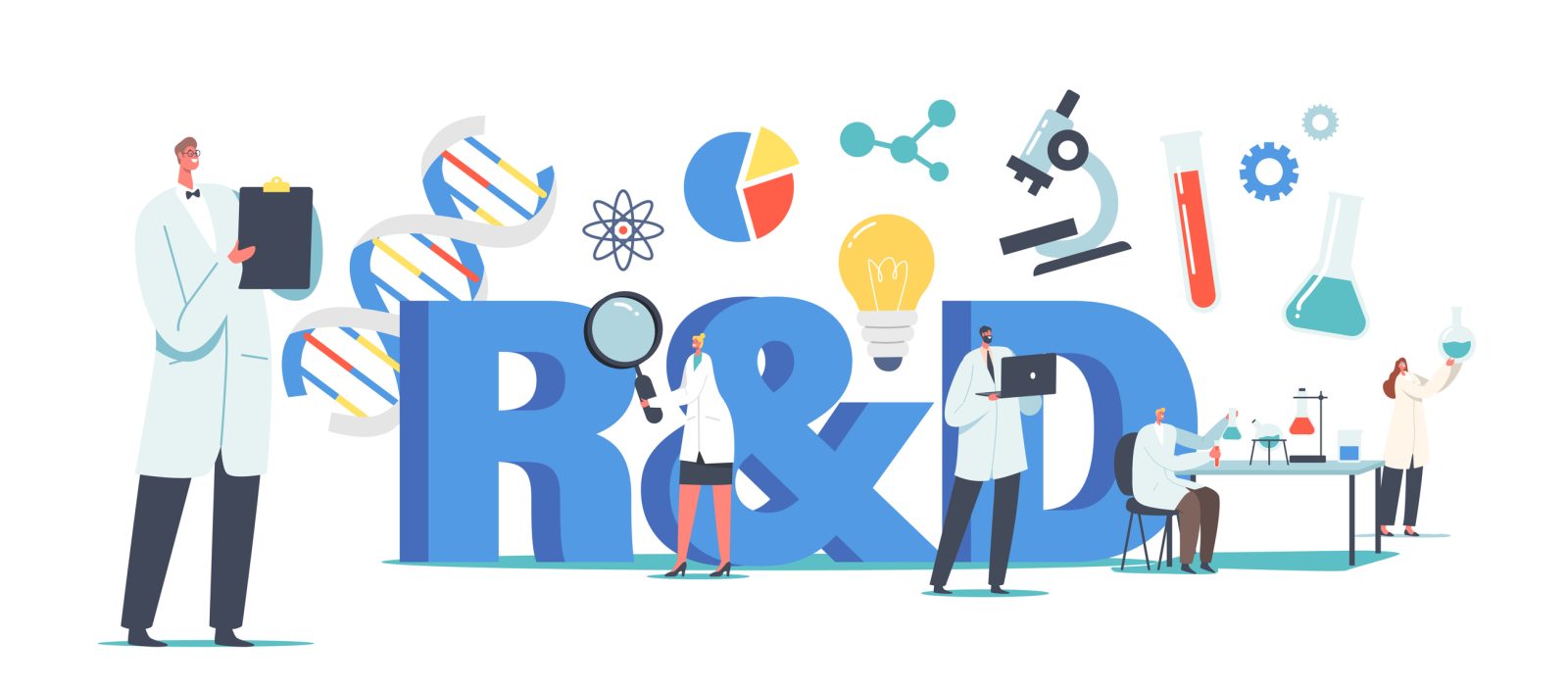It seems intuitive that fast-paced organizations that rely on and invest heavily in R&D would have a streamlined approach to find, manage, and collaborate on scientific information across the enterprise, but that’s not always the case.
We hear time and again, whether working with growing startups or established global organizations, individual functions of R&D very often operate in siloes. This applies across industries, not limited to pharmaceuticals, biotech, chemicals, food, and energy. The result is often duplicated efforts, wasted time and resources, and slow or chaotic responses to urgent situations where access to scientific information and data is crucial (think: adverse medical events, environmental disasters, product recalls, etc.)
Removing these barriers to information is one of the problems we aim to solve with our licensing and content management solutions. Here’s a quick look at some of the ways our customers use RightFind to facilitate copyright-compliant collaboration across the R&D pipeline.
Discovery & Idea Generation
Think about the early days of the pandemic when researchers set out to find treatments and vaccines to fight the disease caused by the SARS-CoV-2 virus. They weren’t starting from scratch. In fact, by April 2020 there were already 39,000 articles in our Covid Collection within RightFind.
Even when coming up with a brand-new product, almost all R&D projects involve some level of assessment of the current research landscape. In RightFind, reseachers and investigators can analyze previously published studies and create reviews of articles pertaining to a topic, such as a specific disease, chemical compound, or ingredient.
Regulatory
Scientific literature plays a critical role in the regulatory submission cycle. Researchers must find the right content and be able to cite it in formats required by different regulatory bodies. For example, regulatory affairs groups often work closely with other departments within RightFind to centralize and organize published literature, cite them, and prepare documentation for the regulatory team to review and submit patent submissions and filings to the appropriate agencies.
The ability to easily confirm copyright permissions is also an important piece of the puzzle. As one information specialist at a global consumer goods company put it: “For most of our workflows, we end up needing multiple layers of permissions, and users don’t always know what permissions they’ll need at the start of a project. Sometimes an article will start off being reviewed by a single scientist, but if it’s identified as an important innovation or safety alert then it will be shared across the business and might eventually be provided to healthcare professionals or even regulatory bodies. Our workflows involve us going back to RightFind for an additional permission, more often than not.”
Patent Validity
For information professionals, excluding patent searches from a literature review could mean missing an entire corpus of information that will never appear in a traditional biomedical databases. (You can read more on the benefits of exploring patents here.)
In addition to advanced patent exploration searching, patent attorneys and others who typically perform a review of non-patent literature for invalidity surveys often save and store copies of articles or other supporting documentation identified as being relevant during their reviews within RightFind.
Safety
Scientific literature is one of the most significant sources of information to monitor the safety profile and the risk-benefit balance of products, particularly in relation to detecting new or emerging safety signals or issues. Reviewing all known literature during the discovery and idea generation phase for a product helps to surface any potential issues, ultimately helping to prevent a costly recall. Once a product has launched, having that literature available on the fly is critical if a regulatory body were to issue a safety warning.
Within RightFind, colleagues can monitor, review, and automate the literature review process to rapidly identify safety issues like adverse events, get quick access to content, and satisfy regulatory requirements.
Medical Affairs
At pharmaceutical companies, the role of medical affairs has moved from simply disseminating information to providing market-based strategic input to drug development and portfolio management.
Medical affairs departments have an opportunity to become the voice of a company to the outside world, including speaking to payers, patients, physicians, regulators and government agencies. In this sense, facilitating collaboration can mean organizing access to the latest approved literature to quickly answer client inquiries. Because this job function is often involved in all aspects of a drug’s life cycle, so the collaborative tools within RightFind for commenting, annotating, and reviewing documents across departments is particularly useful.
Competitive Intelligence
Missed information can be extremely costly, particularly for competitive intelligence teams who are responsible for understanding the landscape that informs their company’s go-to-market strategy. Competitive intelligence teams use RightFind to create libraries for approved team members where all information related to a specific product, therapeutic, or topic of research can not only be accessed, but also annotated and highlighted. Automated alerts can also be set up to help individuals or teams receive the most relevant information about their focus area without having to search for it.
Marketing & Communications
Claims made in a company’s promotional materials need to be substantiated. With full-text copies of all supporting materials living in RightFind, marketers can easily access set up alerts around a product to be informed of new mentions of a product, store marketing materials and published literature related to a specific product.
Fuel Innovation Across the Enterprise
A scientific literature and data strategy that’s designed to fit the needs of employees across the enterprise sets up an organization for better collaboration, minimized risk of copyright infringement, and ultimately the fuel needed to drive innovation and new discoveries.
Interested in seeing real examples of how R&D teams use RightFind and our copyright licensing solutions? Check out our case studies featuring customers in life sciences, biotech, chemical, consumer goods, and more. Click here to contact us about content management and licensing solutions for your organization.


